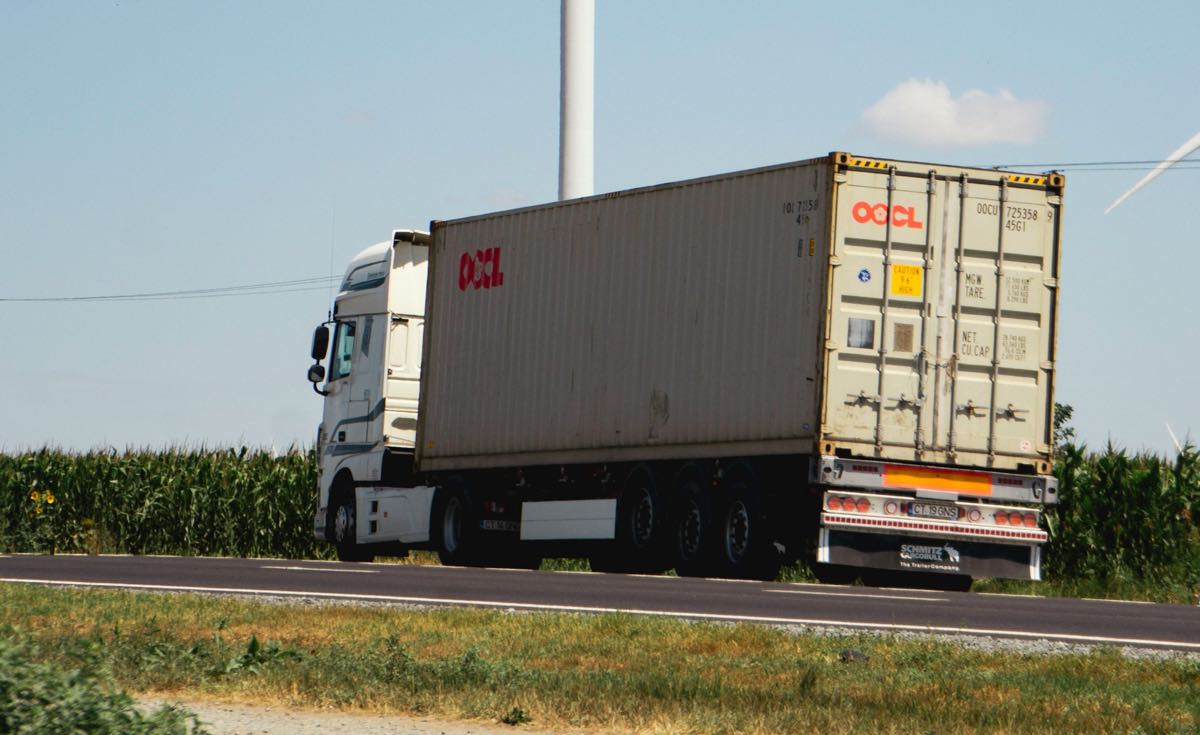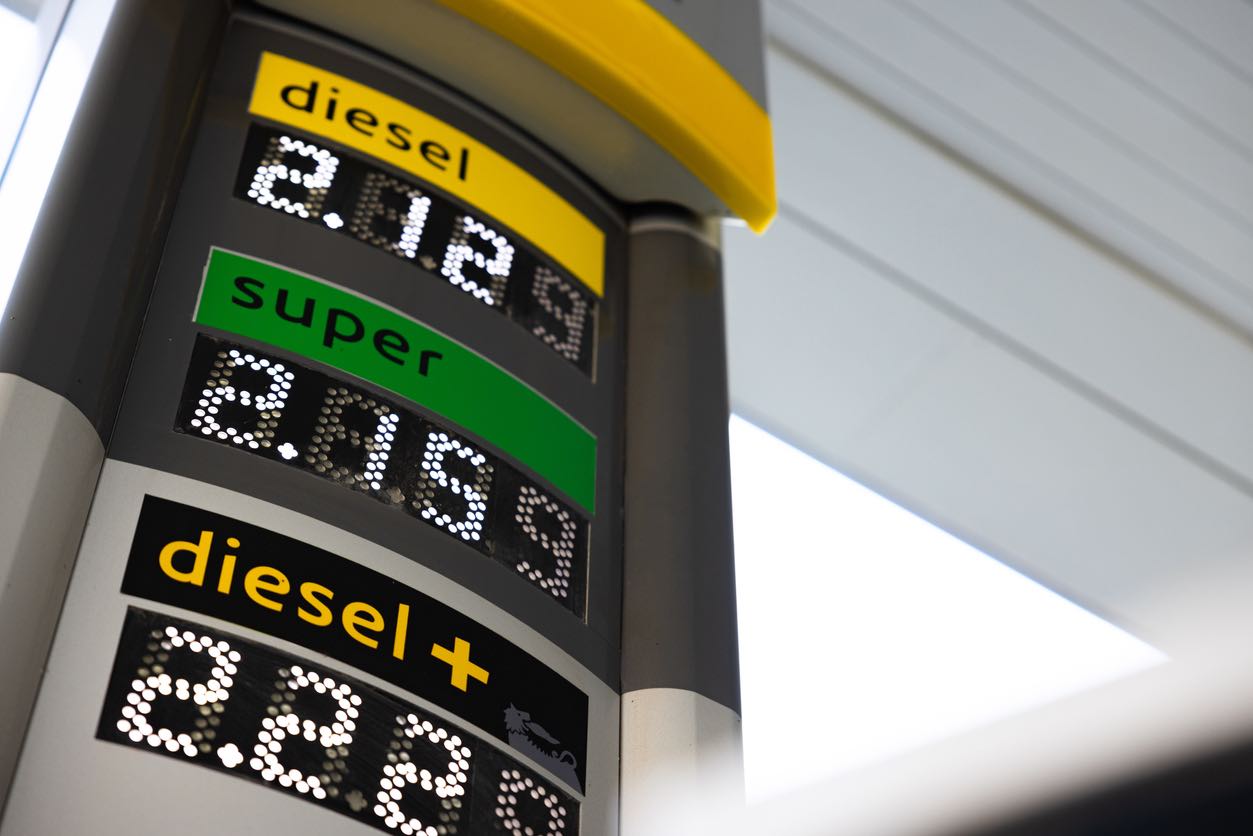No longer a far-off fantasy, the idea of autonomous trucks driving down highways in the United States is becoming more and more plausible. It is in the process of becoming a reality. There are three unique companies that are at the vanguard of this technological revolution. These startups are Aurora, Kodiak, and Gatik. Their goal is to deploy driverless trucks across the United States by the year 2024. The purpose of this blog post is to go into the technical aspects of these autonomous cars, examining the technology, the economic and safety ramifications, the regulatory landscape, and the future of this game-changing technology.

The autonomous trucks manufactured by Aurora, Kodiak, and Gatik represent one of the most significant technology advances. They are outfitted with a wide variety of sensors, including cameras, radar, and lidar systems, as well as sophisticated software. When it comes to navigating complicated traffic scenarios, these components collaborate with one another. For instance, the lidar system is responsible for sending out pulses of light in order to create a real-time map of the surrounding area, which enables the vehicle to make judgments in a split second.
Artificial Intelligence (AI) serves as the most important component of these self-sufficient systems. The information that is acquired by sensors is processed by it in order to determine the presence of barriers, forecast the actions of other drivers, and select the most secure next step. The capacity of artificial intelligence to acquire knowledge from enormous quantities of data enables these systems to continually develop, and they have the potential to surpass the skills of humans in terms of response time and predictive capacities.
There is the potential for enormous economic gains from driverless vehicles. They are able to run for longer periods of time than trucks driven by humans, so circumventing the 11-hour driving limit that humans are allowed to have. This results in shorter delivery times and reduced labor expenses. This technology innovation has the potential to revolutionize the logistics business, despite the fact that it may have a negative impact on jobs in the transportation industry.

Priority one should be given to safety. In 2021, large trucks were engaged in a number of accidents that resulted in fatalities, which brought to light the necessity of enhancing safety measures. Autonomous technology, according to proponents of driverless trucks, has the potential to minimize the number of mishaps that occur. In spite of this, this assertion has not yet been demonstrated in real-world settings that do not involve safety drivers.
The regulatory framework for autonomous trucks in the United States is still in the process of being developed. Despite the fact that the federal government has not yet established a unified policy, states such as Texas have become testing grounds for these cars due to the fact that their laws are more permissive. This mishmash of legislation presents a barrier for the implementation of them across the entire country.
Discussions have been created as a result of the deployment of autonomous vehicles. Concerns have been raised by critics, including those who fight for higher safety standards and the International Brotherhood of Teamsters, over job displacement and safety. They contend that the rush to deploy these cars is motivated more by financial reasons than by gains in safety, and they illustrate that this is the case.

Every single one of these businesses comes with its own distinct strategy and timetable. Long-distance travel is the primary focus of Aurora’s preparations for autonomous operations in the state of Texas. Utilizing its more compact box trucks, Gatik AI intends to close the gap that exists between distribution facilities and retail locations. In contrast, Kodiak places an emphasis on taking a step-by-step approach, beginning with brief excursions in the vicinity of Dallas.
The future of autonomous trucks is contingent on the accomplishment of successfully integrating this technology into the transportation infrastructure that is now in place. These preliminary deployments, if they are effective and safe, have the potential to pave the way for a more widespread acceptance of the technology and a change of the transportation business.
Self-driving trucks are going to completely change the way transportation is done in the United States. Despite the fact that they promise to improve both efficiency and safety, they also present obstacles in terms of regulation, public acceptance, and the influence they will have on the economy. The delicate equilibrium that must be maintained between the progression of technology and the preparation of society will determine whether or not this endeavor is successful.

Within the context of this ever-changing environment, Ship A Car, Inc. stands out as a pioneer in the transportation of both vehicles and freight. They are the best option for your transportation requirements since they are dedicated to providing high-quality service and ensuring complete satisfaction for their clients. Get in touch with them at (866) 821-4555 to receive assistance that comes with no comparison.
Q1: What are the primary benefits of driverless trucks?
A: The key advantages consist of greater safety, the reduction of costs, and the enhancement of operational efficiency as a result of extended trip periods without the constraints of human limits.
Q2: How do driverless trucks navigate complex traffic scenarios?
A: On the road, they evaluate real-time data and make judgments based on that information by utilizing sophisticated artificial intelligence algorithms and a collection of sensors such as radar, cameras, and lidar.
Q3: What are the concerns surrounding driverless trucks?
A: Among the most important issues are safety, the impact on jobs in the trucking industry, and the absence of a single regulatory framework at the present time.




